Are you navigating the broad and somewhat intimidating world of the tool tester program? This detailed blog will review the best tool tester program every tester should know.
Choosing the correct tool tester program in software development can be critical to producing a perfect, bug-free product. These tools are designed to suit all of your testing needs, from bug fixes to increased productivity. Let’s look at the most recent list of must-have software testing tools.
Software testing tools are critical for determining the functioning and performance of software applications. They are also crucial for ensuring that testing methods are robust and thorough. They support unit and subsequent integration testing by covering all parts of planned testing activities.
Many of these tools are commercial products aimed at assessing software quality. Software testers can accurately assess and improve the quality of software products by using a variety of testing technologies.
Top 10 Software Testing Tools: Best Software Testing Tool Reviews
1. New Relic
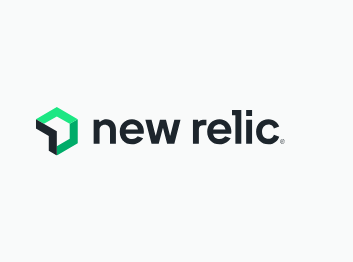
New Relic is a performance monitoring solution that lets you keep track of your applications, infrastructure, and customer experience.
The features include backend monitoring, Kubernetes monitoring, mobile monitoring, model performance monitoring, infrastructure monitoring, log management, error tracking, network monitoring, vulnerability management, and browser monitoring.
This platform integrates with over 500 technologies, including Slack, Jira, and PagerDuty. This means you can easily integrate it into your existing workflows and keep your team informed when issues arise. Additionally, you can use its API to create custom integrations with software that is not included in its pre-built integration library.
2. testRigor
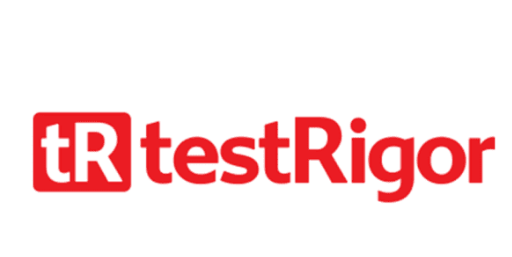
testRigor is an AI-powered solution that helps firms improve automation coverage, minimize fault escape rates, and save money. It is a cloud-based application with an easy-to-use UI.
Users can write complicated end-to-end tests for websites, mobile apps, and APIs. You can easily test emails, SMS messages, and phone conversations, as well as cross-browser and cross-platform scenarios.
Mobile testing support, API call mocking, sophisticated 2FA login support, web testing for mobile and desktop, conditional executions, and automatic accessibility testing are just a few of the features available.
Integrations offer support for CI/CD providers such as Jira, TestRail, and PagerDuty. TestRigor pricing begins at $900 per month. A 14-day free trial and an open-source public tier are offered.
3. QA Wolf
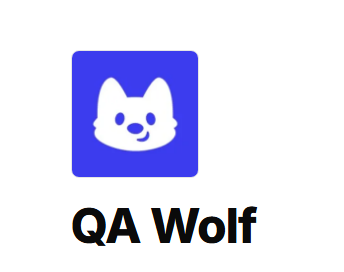
QA Wolf is an end-to-end testing automation solution that relieves enterprises of the load of in-house QA labor by providing them with a diversified team of QA engineers who develop, execute, and repeat important tests.
Their White Glove service also connects with your present tech stack, allowing them to deliver comprehensive QA testing services for your organization while also providing real-time visibility into the performance of your program. They accomplish all of this for a fraction of the expense of hiring internal personnel to perform the same degree of testing.
Services include end-to-end test coverage, a thorough test plan strategy, failure triage, and test maintenance; high-quality bug reports; fast parallel test run infrastructure; and an easy-to-use interface for real-time progress updates.
The majority of software testing tools in an average QA tech stack are integrated. Custom pricing is available on request. A three-month risk-free trial is available.
4. Tricentis Testim
Testim is a low-code, AI-powered end-to-end software testing platform built to cope with quickly expanding QA and business requirements. The visual editor allows you to reorder stages, create reusable groups that are shared by several tests, and add assertions or code-like operations like loops and conditions.
View test results via the dashboard, which displays the last ten runs of each test. Failures can be immediately identified using failed step indicators, before/after pictures, parsed consoles, and network logs. Testim also collects failure kinds to assist in triaging test run results.
There is a JaveScript and visual editor, AI-learning Smart Locators, project quality tracking, and native Salesforce ecosystem testing functionality.
Jenkins, GitLab, and Visual Studio are among the most popular continuous integration and integrated development environments. Testim prices begin at $450 per month. A free community plan is available.
5. Tricentis Q-Test

Tricentis qTest is a test management platform that enables customers to standardize, scale, and manage QA testing procedures across an organization.
This software can help companies move to an agile methodology while still supporting waterfall projects. It also has capabilities to assist teams in migrating from their previous testing systems or software. The program can be implemented in the cloud or on-premise, depending on the user’s preference.
Agile and waterfall test management, exploratory testing, testing automation, behavior-driven development, DevOps workflows, configurable dashboards, and analytics and reporting tools are among the features offered.
Integrations include CA Agile Central Rally, Cucumber, Jenkins, Jira, Selenium, and Version One.
6. Tricentis NeoLoad
Tricentis NeoLoad is a performance testing platform built to meet enterprise-level testing needs, with a focus on code-free performance test design.
Load testing simulates high user traffic, stress testing identifies program limits, and capacity planning determines maximum user load before performance concerns develop. It supports a wide range of technologies and protocols, allowing for broad application testing as well as real-time monitoring to identify issues as they arise.
Integrations include Dynatrace, Worksoft Certify, Tricentis Tosca, Jenkins, qTest, DataExchangeApi, SAP Solution Manager, and JIRA. Plans begin at $20,000 a year for up to 300 virtual customers, and they provide a free trial.
7. BugBug

BugBug is a simple software testing tool created for quality assurance professionals. It is a simple piece of software that requires no prior programming skills.
The tool makes it easy. The freemium plan is an excellent, low-cost option for small teams to get started, with a scalable subscription model that includes configurable corporate pricing for larger businesses with more particular needs.
Browser-based testing, no/low-code test administration, parallel cloud test runs, email notifications, specialized customer support, in-browser debugging, and easy team collaboration are among the features available.
Native integrations include GitHub, Jenkins, Travis CI, GitLab, BitBucket, and hundreds more via Zapier.
If you don’t use the cloud capabilities, BugBug will always be free. You can perform an unlimited number of tests in your browser. Only scheduled monitoring and CI/CD integration require a subscription, which begins at $99 per month.
8. Tricentis Tosca

Tricentis Tosca is a software testing tool that focuses on automated, continuous testing and is intended to enable a wide range of testing operations for many types of applications and technologies. The platform’s approach to test automation is codeless and model-based, allowing test cases to be created without the need for scripts.
Additionally, Tricentis Tosca’s AI-powered features, such as Vision AI, allow for visual testing and recognition of dynamic UI elements. The platform also includes risk-based test optimization, which prioritizes tests based on the likelihood of failure, and service virtualization, which simulates unavailable systems while testing.
The features include test case creation tools, mobile testing, performance testing, data integrity testing, load testing, change intelligence for SAP and other AI-powered analytics, and visibility and collaboration capabilities.
Integrations include qTest, Jira, Cucumber, VersionOne, Jenkins, Selenium, Salesforce, NeoLoad, Testim, and Vera. Tricentis Tosca prices begin at $29 per month. A free trial is available.
9. Testpad
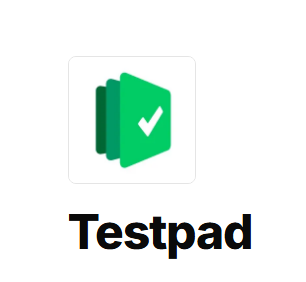
Testpad is an easy-to-use testing solution that streamlines test case management, allowing users to focus on testing rather than documentation.
Instant reports, native outline structure support, guest testing without a login, tagging, filtering, drag-and-drop folder and script management, version control, and a library of common script templates are among the features.
Amazon Web Services (AWS) integrations include Jira Software, Google Chrome, GitHub, Amazon S3, and Pivotal Tracker.
10. Kobiton
Kobiton’s comprehensive mobile app testing solution enables customers to create, test, deploy, and distribute mobile apps, websites, and IoT devices using manual, automated, and no-code testing on actual devices, on-premise, or in the cloud. QA teams can automate testing by combining an AI-driven scriptless solution with AI-assisted test script generation in a unified platform.
Access to a large device library testing cloud, thorough activity logs, a smart program directory, parallel automation execution, and many more features are available.
The majority of software testing solutions are integrated, as are Appium, Selenium, XCUI, Espresso, and others.
Kobiton prices begin at $75 per month. A free trial is available.
Top 10 Manual Testing Tools List
Here’s a summary of the top ten manual testing tools and their features:
1. LoadRunner
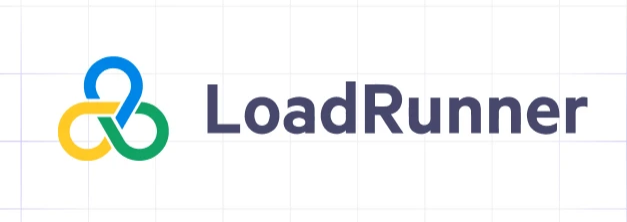
It’s one of the most used performance testing tools. The major goal of LoadRunner is to do performance testing on a wide range of methods, approaches, and application parameters.The major purpose of the LoadRunner application is to quickly identify the most common causes of performance issues.
2. Citrus
Citrus is the most commonly used test framework and an integration tool. It was created using Java, a computer language. It is commonly used for sending and receiving server- and client-side requests, as well as verifying XML JSON data. Citrus also supports a wide range of HTTP, JMS, and SOAP protocols for end-to-end test cases.
3. ZAP
ZAP is a free and open-source security scanner for online applications.The ZAP stands for Zed Attack Proxy. It is written in the JAVA programming language, just like several other utilities. It is one of the most effective Open Web Application Security Projects (OWASPs).OWASP ZAP is a program that performs dynamic application security testing (DAST) on web applications.
4. Nunit
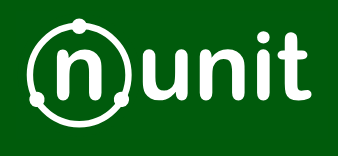
NUnit is one of the most used unit testing frameworks. It is an open-source utility that uses the JUnit framework. It was developed fully in the C# programming language and is suitable for everyone. In other words, the NUnit tool has been substantially redesigned to assist a diverse variety of users.
5. JIRA

It is a manual testing tool that integrates directly with code development environments, making it suitable for developers as well. Because it can track practically any type of problem, it is not restricted to the software industry. It’s suitable with agile projects.
6. SonarQube
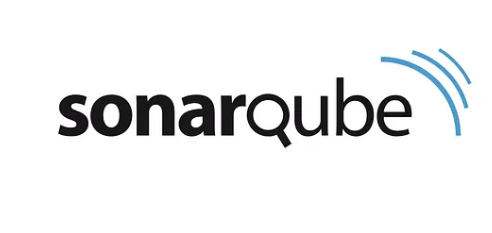
SonarQube is another manual testing solution that boosts efficiency while maintaining code quality and security. Furthermore, it is flexible due to the use of plug-ins. It’s written in the Java programming language. It supports Ant, Maven, Gradle, MSBuild, and other continuous integration technologies, allowing for fully automated review and integration. In addition, SonarQube can track measurements over time and display an evolution graph.
Conclusion
If you want to become a power tool tester, there are a few things you should know. First and foremost, you must have prior expertise in using and testing tools. You should also be knowledgeable about the many sorts of power tools available on the market.
Second, having an engineering or other technical background is advantageous. This will help you learn how power tools function and how to test them properly. Finally, keep up-to-date on safety standards and laws. Power tool testing can be a risky job, therefore always adhere to safety regulations.
